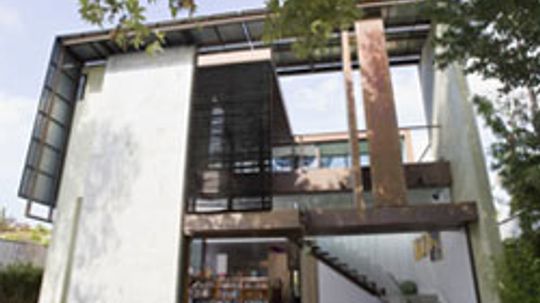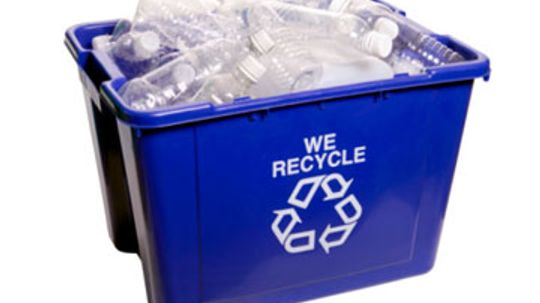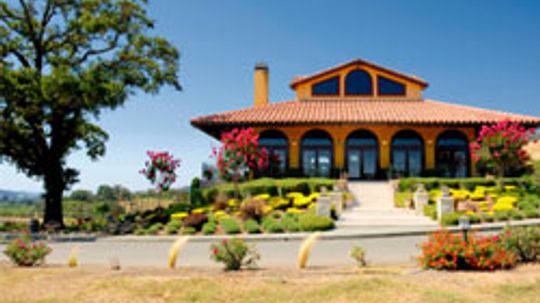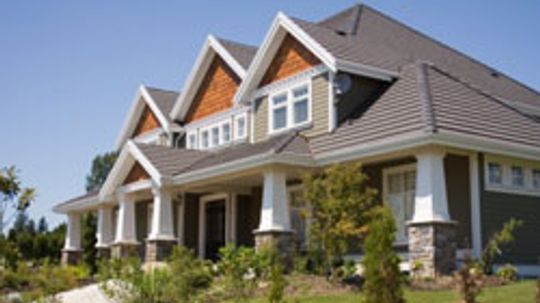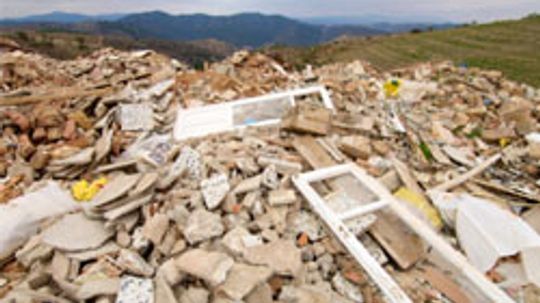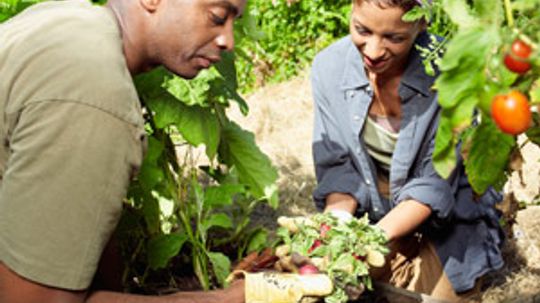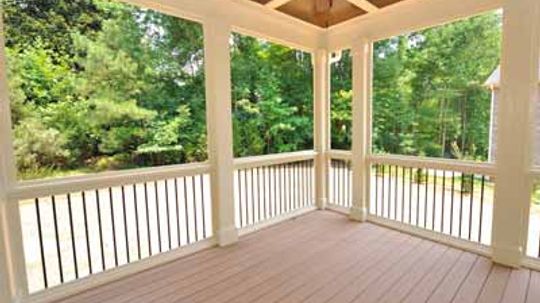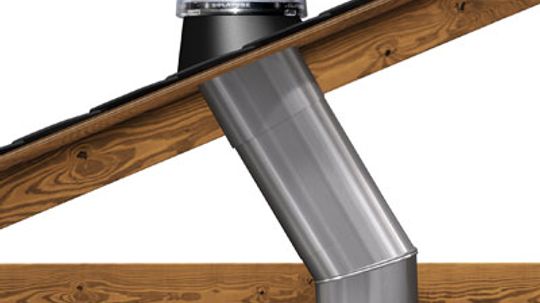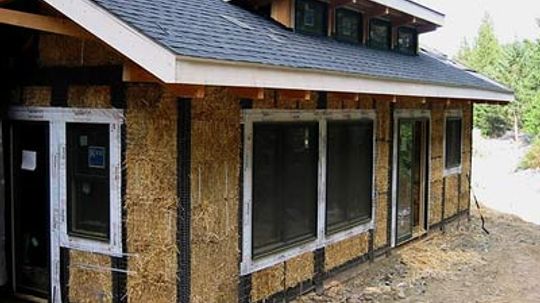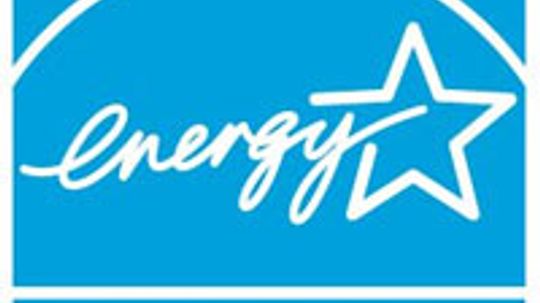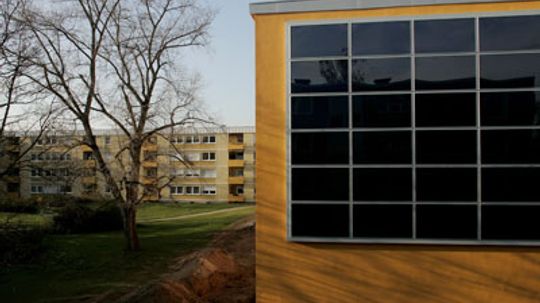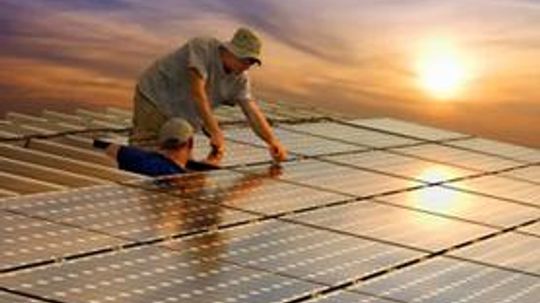Green Construction
Green construction is a hot new trend in building and construction. Green construction involves using recycled materials and utilizing the concepts of sustainable design. As the concepts gain popularity, using them will become second nature.
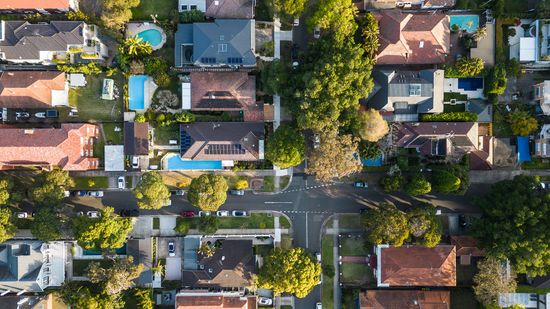
10 Types of Roofs for Homes, Commercial Buildings and More
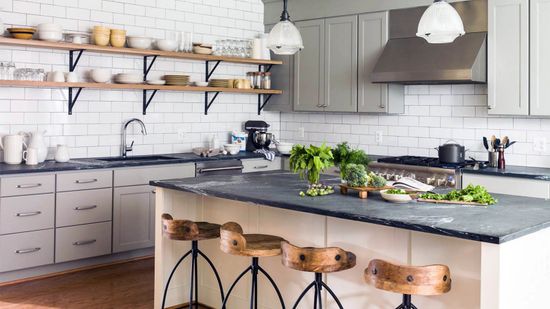
What Are the Pros and Cons of Soapstone Countertops?
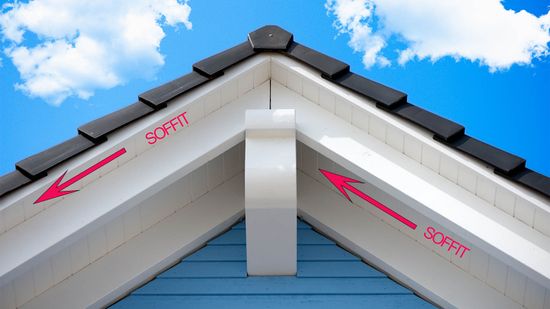
What is a Soffit: Understanding Its Key Role in Proper Home Design
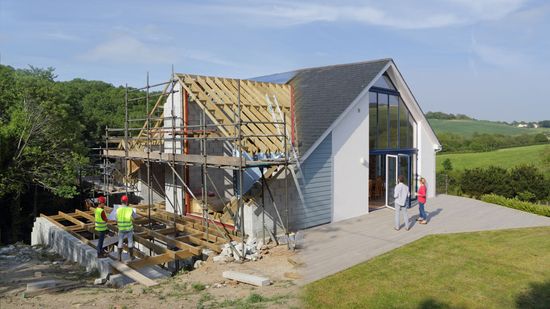
How Much Does It Cost to Build a House in the U.S.?
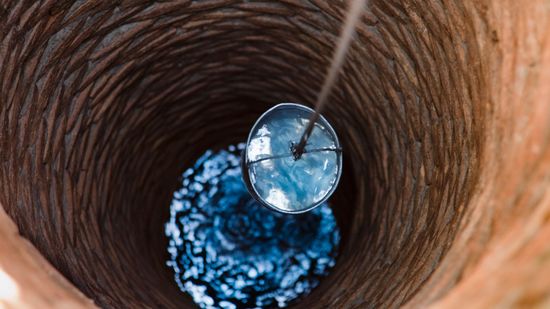
6 Things to Know About Well Water Before Digging
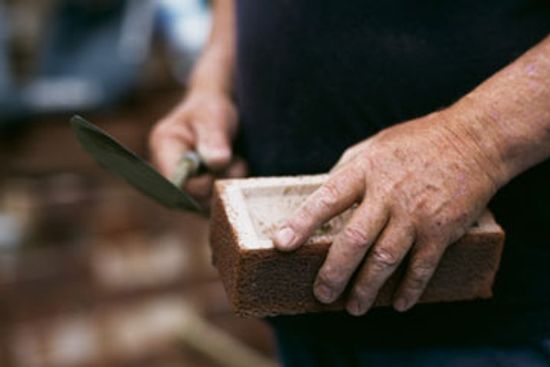
Can you lay brick yourself?
Learn More / Page 2
With the increase in "green building," cool roofs are becoming popular. These are roofs that have been built or modified to maintain a lower temperature in bright sun. We'll examine some of the many ways you can cool your roof.
Building a new home is the perfect time to add green features that will help you lower your energy costs. But choosing the right ones isn't always easy. Here are 10 to help make the decision process a bit easier.
Recycled and reclaimed materials are becoming popular construction options as people look for greener ways to build. But could building a recycled home be as simple as stacking up the bottles from your recycling bin?
Advertisement
The drive for energy-efficient building comes down to a quest for the so-called tight envelope, which you can often achieve using renewable, recycled material. What are some of the latest energy-efficient building materials?
The first real line of defense against the heat is a building's roof. And some materials are better than others -- especially in hot climates. See which ones are best at keeping the heat at bay.
Today's homeowners are more aware than ever of the demands their appliances, lawns and heating and cooling needs have on the planet's limited supply of fossil fuels. So what are some affordable eco-friendly home improvements?
Although tearing down a house and recycling the building materials is more expensive and time consuming than outright demolition, it is far better for the environment. While not every bit of it can -- or even should -- be recycled, read on to find out the top 10 things that can.
Advertisement
Green communities aren't neighborhoods with lush grass and lots of trees. They're communities full of people who want to be eco-friendly.
By Sara Elliott
It used to be easy to decide how to construct a deck. You could make it out of wood -- or wood. Nowadays, some decking material doesn't even have a trace of wood in it.
Fluorescent lighting uses less energy than incandescent bulbs, but there's no replacing the sun for efficiency and for lifting your spirits. Is it possible to bring natural sunlight indoors?
Remember the story of the little pig who built a straw house, only to have the big, bad wolf huff and puff and blow it down? Nowadays, that pig would have a sturdy, energy-efficient home.
Advertisement
The Energy Star program helps cut down on the energy drain from computers and home appliances. But how much energy do Energy Star products save? And how much money will they save you?
"Green" is one of the hottest buzzwords in construction. Proponents say green building is environmentally friendly -- and also healthier and more cost-efficient.
With energy bills on the rise, homeowners are looking for new ways to use less power around the house. A cutting-edge window technology called the "smart window" allows consumers to fully or partially block light by turning a knob or pressing a button.
By Kevin Bonsor
It seems simple enough -- a skylight is a window in your roof. But skylights do more than just light up your room. They can have a profound affect on your mood, too.
By John Fuller
Advertisement
How to mount a solar panel in 7 steps. Learn how to mount a solar panel in 7 steps with this article.

